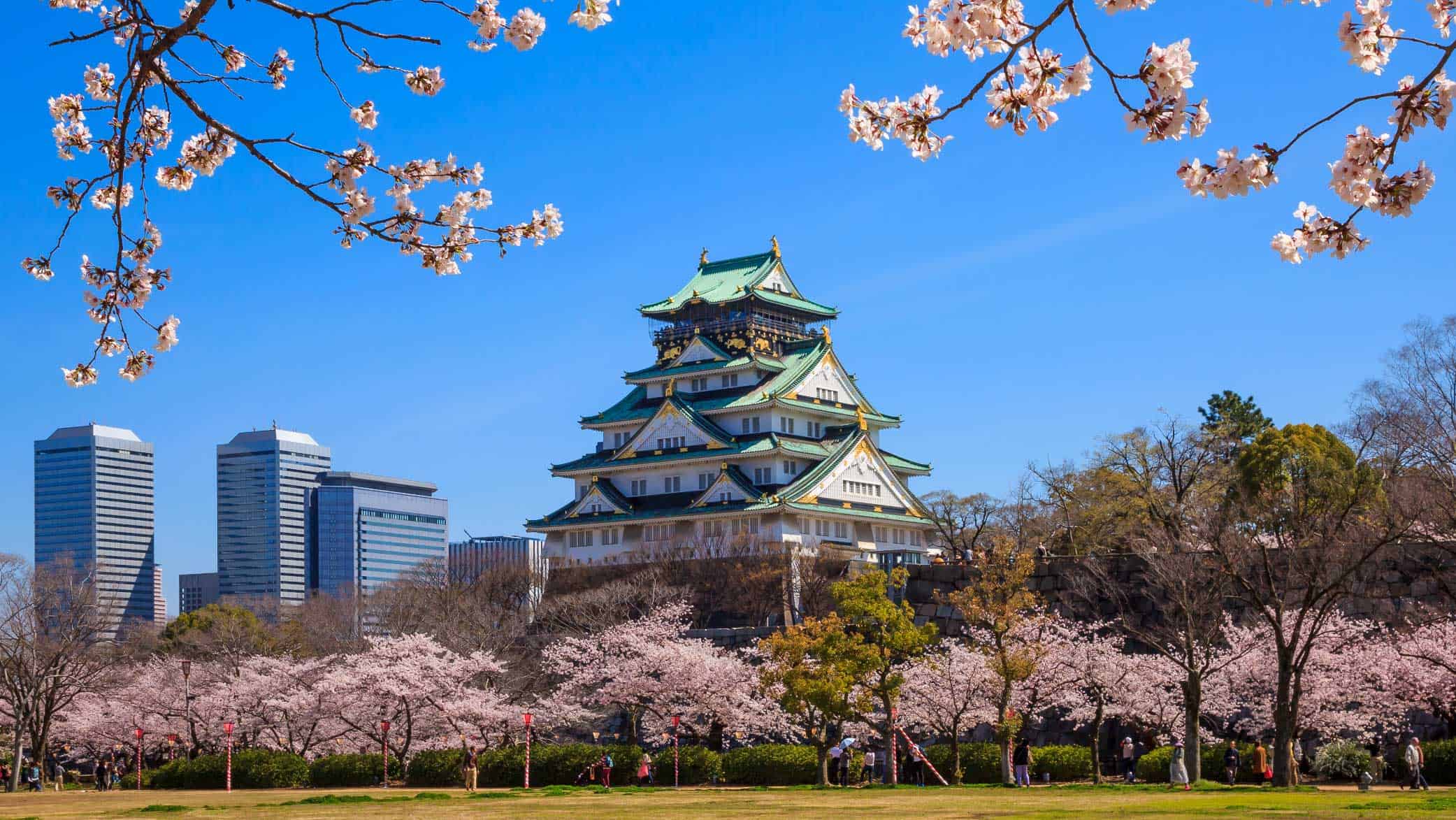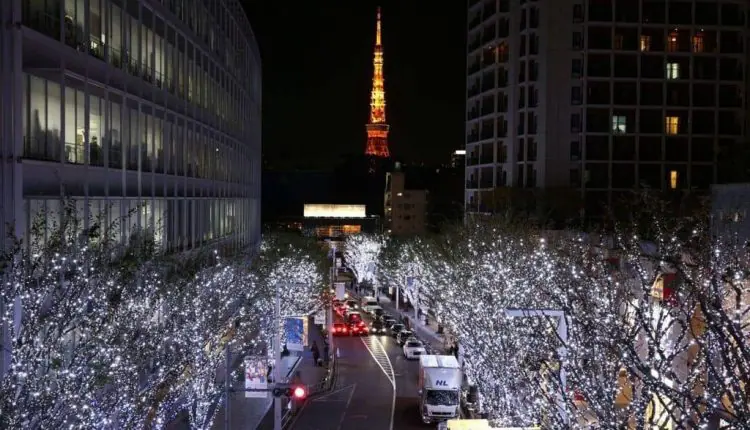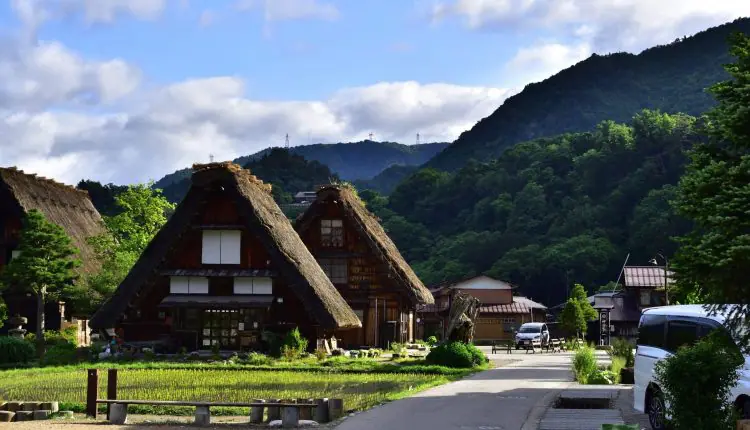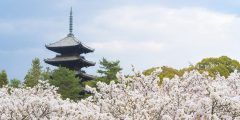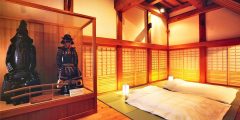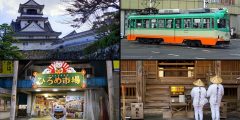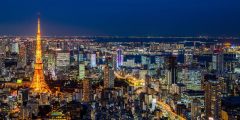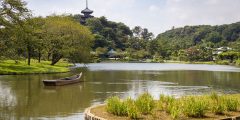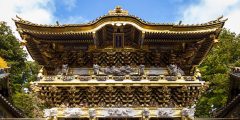Osaka Castle: The most famous castle in Japan
Osaka Castle – the Japanese city's main tourist destination – attracts more than 2.5 million visitors each year. Osaka Castle Park is also a place that houses a number of important cultural properties, and is a favorite location for flower viewing by residents and visitors alike.
Osaka Castle stands tall in the center of the main city of Osaka. It is also a tourist attraction that all visitors must visit.
The ramparts and fortress are the heart of Osaka Castle Park, a favorite destination for peace and relaxation.
The park extends over a vast area of green space that contains gardens and open spaces
With cultural and sports facilities such as Osaka Castle Hall, a gym, a baseball field and a jogging track.
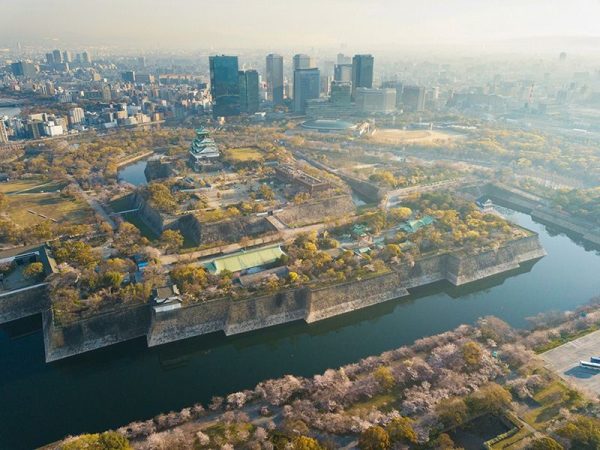
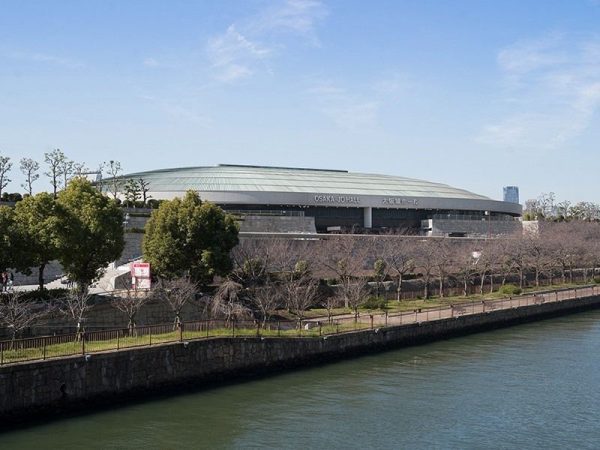
Panoramic views of the city
The most impressive structure of the castle is the keep. More than 2017 million people visited the fort in 2.7, more visitors than any other Japanese castle in recent years.
Read also:Fukui Dinosaur Museum in KatsuyamaMany people associate Osaka Castle with the warlord Toyotomi Hideyoshi. But the first castle built by Hideyoshi was in 1581 and lasted only 32 years before it burned down in 1615 during the second siege of Osaka, in which his son was defeated.
The Tokugawa government took control of the city, demolished the stone walls and moats built during Hideyoshi's reign, and mobilized daimyōs across the country to provide workers to build a new castle.
The stone walls and moats we see today are the result of their work. But another misfortune also befell this second castle, as it burned down in 1665 after being struck by lightning, only 36 years after its completion. The ruins have remained intact for approximately 200 years.
The Osaka Castle that stands today is a replica completed in 1931. The unconventional hybrid structure consists of a fortress whose exterior design resembles that of the original Hideyoshi Castle
Also depicted is a folding panel showing the Second Siege of Osaka – built on top of foundations built by the Tokugawa clan.
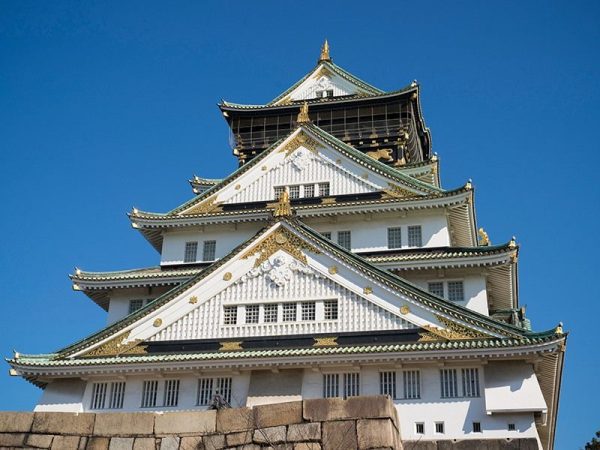
From the outside the fort appears as a five-storey structure but inside it has eight floors. The building serves as a giant warehouse containing historical materials, including paintings and miniature models describing Hideyoshi's life and the social and cultural background of his time on different floors. The second floor includes a painting of a golden tiger like the one that adorns the black walls on the upper floor of the fort, and a life-size replica of the mythical shachihoko (head of a tiger, body of a carp) used to decorate the ceilings of palaces. Visitors can try on replicas of helmets and armor worn by warriors in the Warring States Period (1467–1568) for a fee, a popular attraction with foreign visitors who want to post a photo of a good time on social media.
Read also:Roppongi District and Akasaka City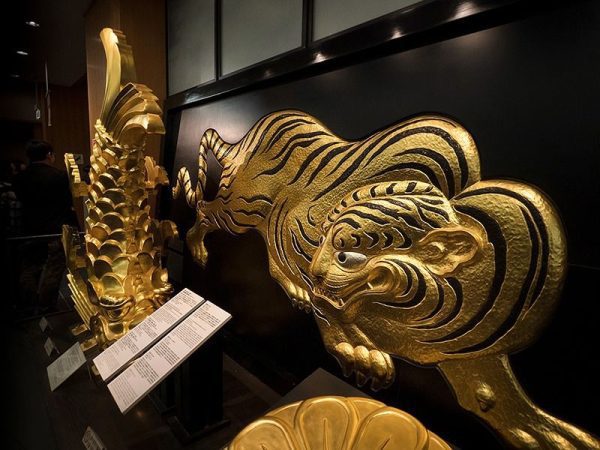
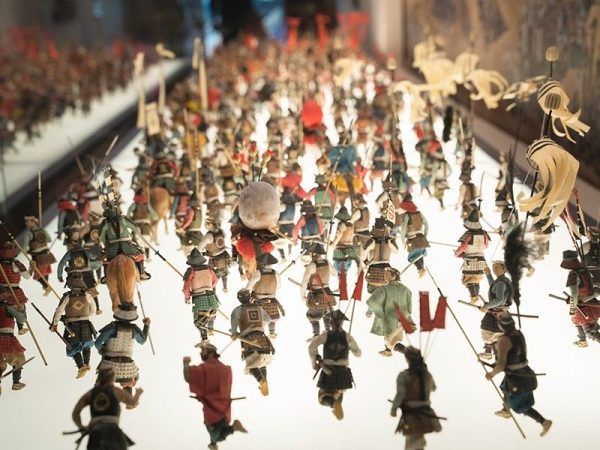
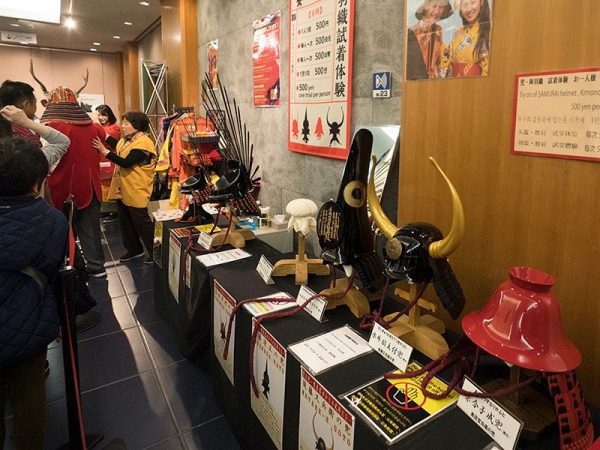
An observation deck surrounds the entire eighth floor where visitors can enjoy a panoramic view of Osaka and its environs. Visitors usually climb to the observation deck first and use the stairs to descend to the lower floors of the fort. This can mean a long line of people on the escalator going up, so taking the reverse route can save time and relieve the stress of waiting. It is best to start viewing the exhibits on the first floor and climb the stairs to each successive floor before reaching the upper floor of the fort. After enjoying the magnificent view from the top, it is possible to descend by elevator with only a minimum of waiting.
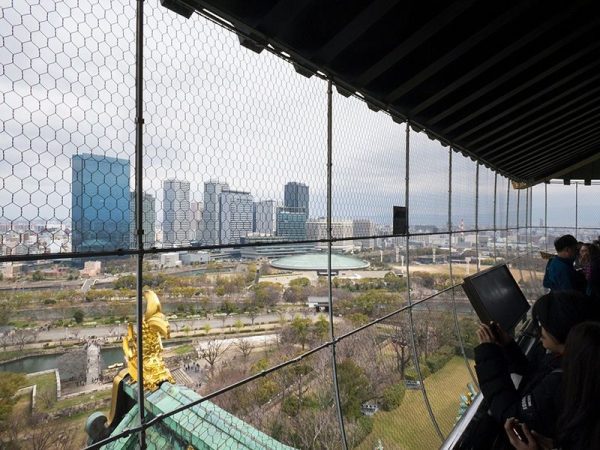
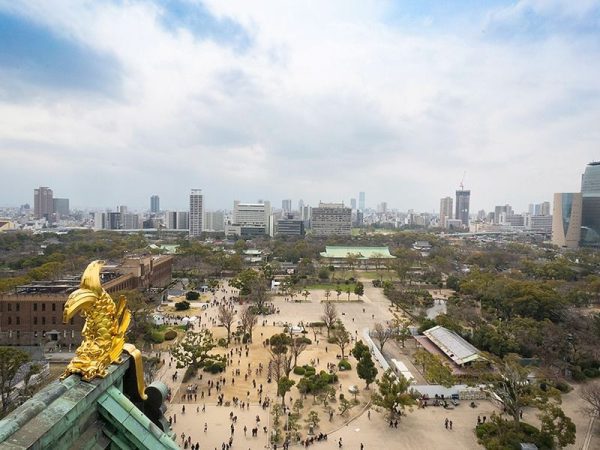
Osaka Castle Fort
- Address: 1-1 Osakajo, Chuo-ku, Osaka
- Working hours: 9:00 am to 5:00 pm (last entry at 4:30 pm)
- Closed from December 28 to January 1
- Entrance fee: 600 yen for adults, free for everyone under middle school age (group tickets and tickets allowing entry to other tourist destinations are also available)
Lots of events at Osaka Castle Park
Many of the castle buildings other than the fortress were destroyed due to fire during the turmoil that accompanied the Meiji Renaissance and bombing during World War II. However there are still 10 important cultural properties within the main and outer castle walls. Among these properties are the Sakuramon Gate, the Otaemon Gate, five towers including the Tamon Tower, two storerooms, and the roof over the Birkenmeisui Well. All of these properties are original structures that survived various fires that damaged Osaka Castle.
Read also:Ginza District and Nihonbashi BridgeSome of these buildings are open to the general public for limited periods. In 2019, on weekends and public holidays until November 24, visitors can view the interior of Tamun Tower and Singan Tower as well as the Enchogura gunpowder warehouse.
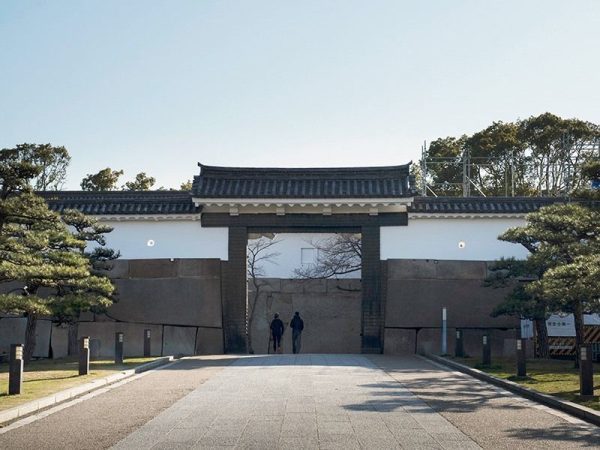
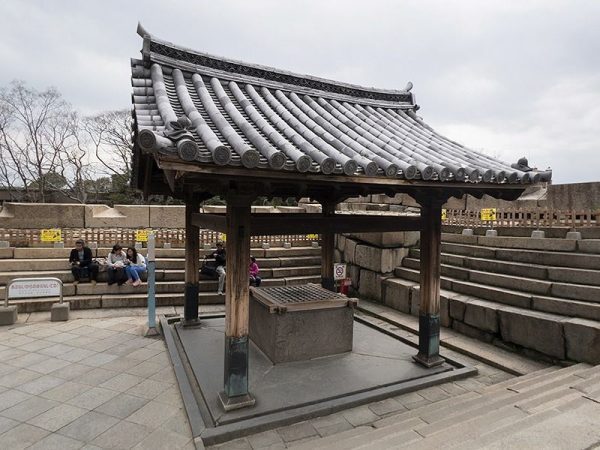
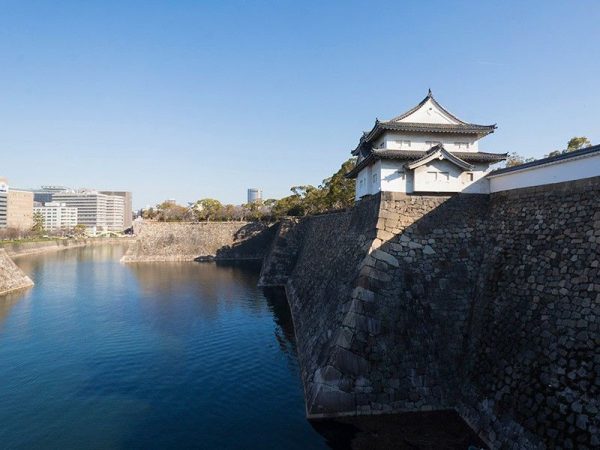
Osaka Castle is famous for the giant stones used to construct masugata – open spaces where soldiers gathered – surrounded by smooth stone walls. Masugata has two gates built at right angles to each other to prevent direct entry into the castle keep. Masugata served as a trap, forcing attacking warriors to stop before making a sharp turn, allowing the castle's defenders to rain down a hail of bullets or spears on them. To prevent attackers from climbing the walls and escaping, huge smooth stones were used to cordon off these open spaces.
The Taku-ichi boulder inside Sakuramon Gate is the largest in Osaka Castle, with a surface area of about 60 square meters and weighing about 108 tons. Moving this rock and putting it in place at a time when there was no heavy construction equipment was a truly remarkable achievement.
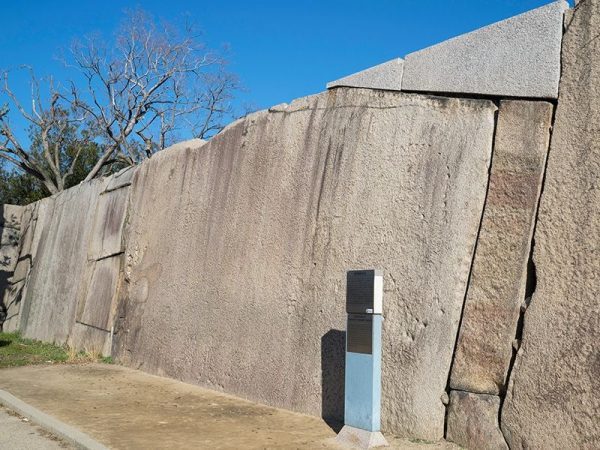
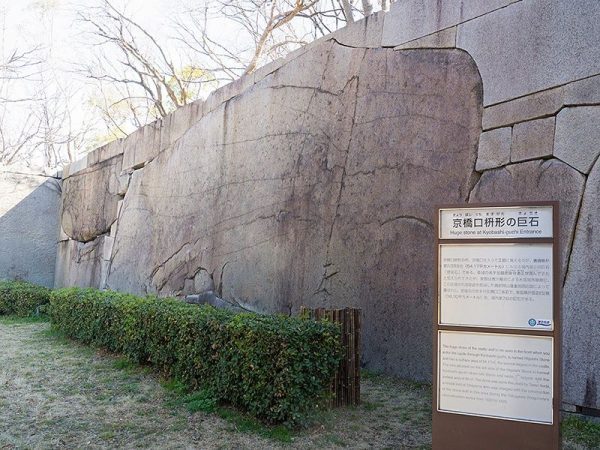
The gardens and open spaces at Osaka Castle Park also make it a popular place to enjoy nature throughout the four seasons, especially in spring when the cherry and apricot trees are in bloom. The apricot orchard east of the Ninomaru Walls is reputed to be the largest in western Japan, with 1270 trees of more than 100 species. The park is also among the 100 best sites in Japan for viewing cherry blossoms, as it contains more than 3000 “Sumii Yoshino” and “Yamazakura” trees that cover the park with pale pink flowers during the spring.
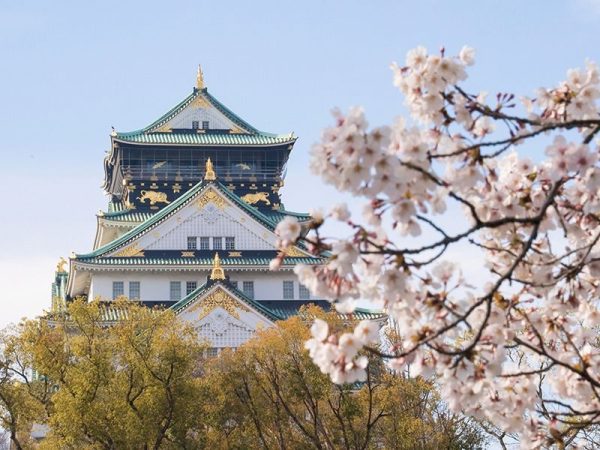
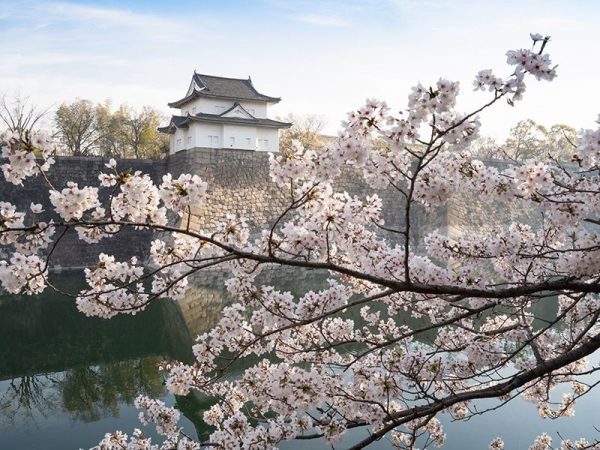
Special view of Osaka Castle Towers
- Tickets: Available in front of Nishinomaru Park
- Working hours: 10:00 am to 4:30 pm (last entry time is 4:00 pm)
- Open on weekends and public holidays from 2 March to 24 November 2019. Open every day except Mondays during the summer holidays from 20 July to 31 August.
- Entrance fee: 700 yen for adults, 300 yen per person under middle school age (group tickets and tickets enabling entry to other tourist destinations are also available)
Nearby tourist attractions
Joe's terrace in Osaka
Several train and bus lines running nearby provide multiple options for getting to Osaka Castle Park, and one of the most popular ways to get to the park nowadays is via Osakajo-koen Station. The Go Terrace in Osaka is a commercial facility opened in 2017, which is connected to the station and provides a direct route to the park. The facility has a wide range of dining options, so it is an ideal place for lunch or dinner after visiting Osaka Castle. There is also a rest area containing illustrations of princes, ladies and warriors under bright red umbrellas used in outdoor tea rituals, where visitors can take souvenir photos.
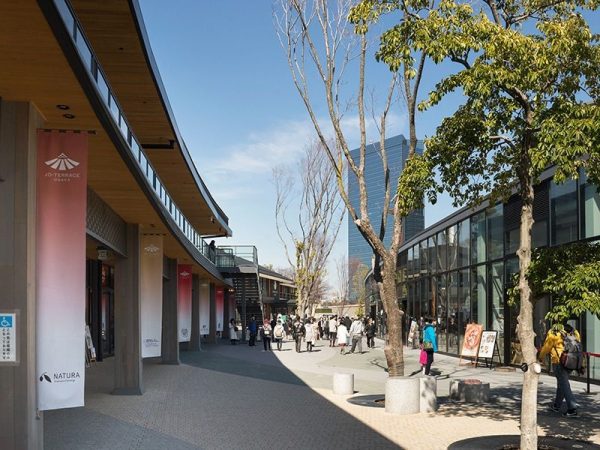
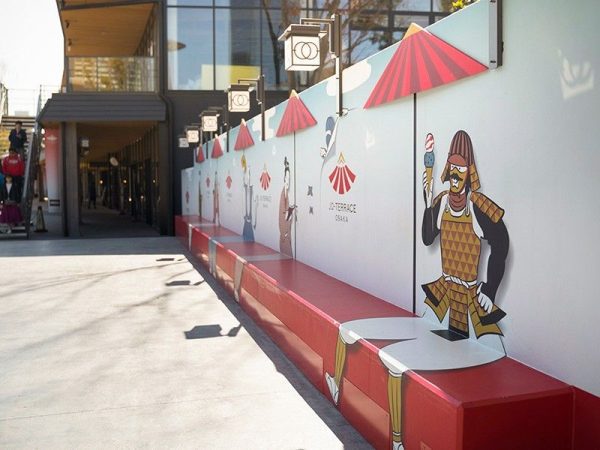
Joe's terrace in Osaka
- Address: 3-1 Osakajo, Chuo-ku, Osaka
- Access: Right next to Osakajo-Koen Station on JR's Osaka-Kanjo Line.
(Original text in Japanese, translation provided by Japan in Arabic)
